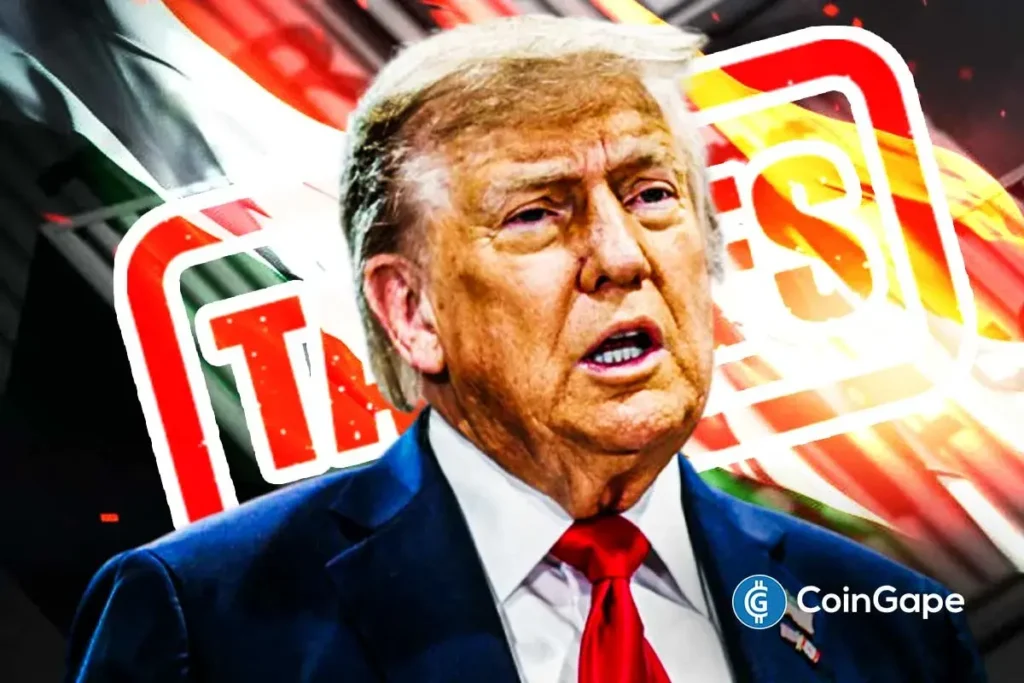President Trump’s New Tariff on Indian Goods: A Strategic Move Against Russian Oil Links
In a significant escalation of the ongoing trade tensions between the United States and India, President Donald J. Trump has signed an Executive Order imposing a 25% tariff on goods imported from India. This decision is primarily driven by India’s continued direct or indirect purchases of Russian oil, an action that the U.S. administration deems a threat to national security and foreign policy objectives. With this new tariff regime, which takes effect on September 17, 2025, the Trump administration aims to make a strong statement against countries that support Russia’s oil industry amid global geopolitical tensions.
Understanding the Executive Order and Its Implications
The newly signed Executive Order builds upon previous economic measures laid out in Executive Order 14066 from 2022, which banned imports of crude oil and petroleum products originating from Russia. The imposition of this new tariff on Indian goods signals a shift in focus in the trade war, explicitly targeting India for its ongoing trade with Russia. Notably, this 25% tariff will apply to all goods of Indian origin entering the U.S., thereby broadening the scope of enforcement against countries involved in activities perceived as counterproductive to U.S. interests.
Moreover, the order specifies that goods already in transit or withdrawn from markets prior to the enforcement date are exempt from the new tariffs. The President characterizes the duty as "ad valorem," meaning it is based on the value of the imported goods, and is applied in addition to any pre-existing import charges. This structure aims to impose a significant financial burden on Indian exporters, potentially reshaping the trade landscape between the two nations.
Defining the Scope of "Russian Federation Oil"
The Executive Order explicitly defines "Russian Federation oil" as any petroleum product that is extracted, refined, or exported from Russia. Furthermore, it addresses indirect importing, which refers to purchases made through third countries or intermediaries, as long as the oil can be traced back to Russia. This meticulous definition accentuates the intention to clamp down on any trade routes that might benefit the Russian oil sector, thereby aligning with the overarching U.S. foreign policy goals of isolating Russia economically.
The intent behind this move is clear: to disrupt the flow of finances into Russia’s oil industry by targeting those nations that maintain trade relations with them. With India being the first country explicitly named in this order, it sets a precedent for further action against others that may follow suit.
Exemptions and Implementation Authority
While the new tariffs represent a stark measure, the Executive Order also outlines specific exemptions for certain items. These include goods that are protected under different trade regulations or those marked for domestic status as outlined in 19 CFR. This provision allows room for negotiation and exemptions as trade dynamics evolve. The implementation of this order is not solely at the discretion of the President; it grants wide authority to several key officials, including the Secretaries of State, Treasury, Commerce, and Homeland Security, while U.S. Customs and Border Protection is tasked with enforcement.
This multifaceted approach ensures that the U.S. government has the necessary tools and personnel to effectively enact and manage the new tariffs, while also responding flexibly to future developments in the geopolitical landscape.
Market Reactions: Bitcoin and Ethereum Dip
The announcement of the new tariffs has reverberated through the financial markets, with notable impacts observed in the cryptocurrency sector. Both Bitcoin and Ethereum experienced slight declines within 24 hours of the tariff announcement, falling by 0.18% and 0.51% respectively. These shifts indicate a broader market reaction to geopolitical and economic uncertainties, showcasing the interconnected nature of global markets.
As cryptocurrency often acts as a barometer for investor sentiment regarding risk and economic stability, these declines suggest that traders are cautiously weighing the potential ramifications of heightened trade tensions and what it means for the overall economy.
The Broader Implications of U.S.-India Trade Relations
This latest move forms part of a wider narrative surrounding U.S.-India trade relations and could have significant long-term consequences. With India being one of the largest developing economies in the world, the tariffs not only threaten bilateral trade but also may invite retaliatory actions that could further escalate the trade war. Such consequences could reshape supply chains and affect a wide range of industries, pushing businesses to reevaluate their strategies.
The U.S. goal of curtailing financial support to Russia is a priority, but the broader implications for global trade dynamics are undeniable. As countries navigate their own foreign policy interests, the ensuing landscape may lead to realignments in trade partnerships that could affect various sectors from technology to agriculture.
Conclusion: A Strategic, Yet Risky Gamble
President Trump’s decision to implement a 25% tariff on Indian goods in response to their dealings with Russian oil can be seen as a strategic measure aimed at reinforcing U.S. foreign policy and national security objectives. However, the potential for retaliatory measures and market instability poses significant risks. As bilateral relations take a more contentious turn, all eyes will remain on the evolving landscape of U.S.-India trade relations and the broader implications for global economics. As nations grapple with dual priorities of economic growth and geopolitical strategy, the outcomes of such tariffs will likely unlock further complexities in international relations and trade partnerships.
















